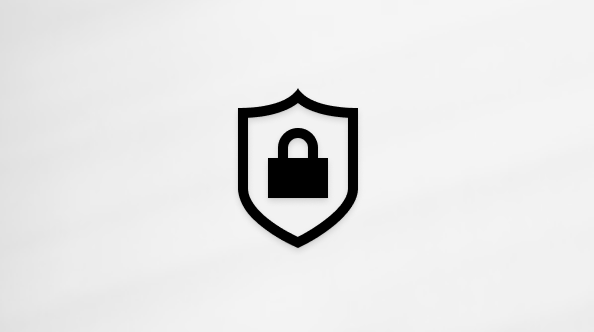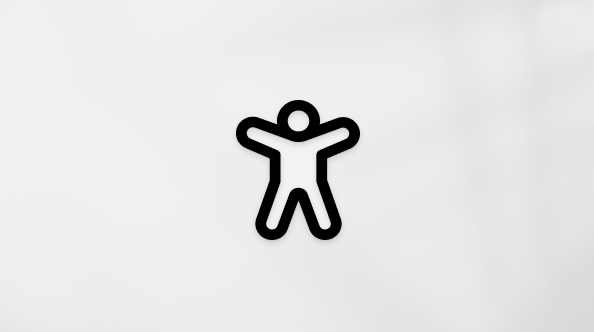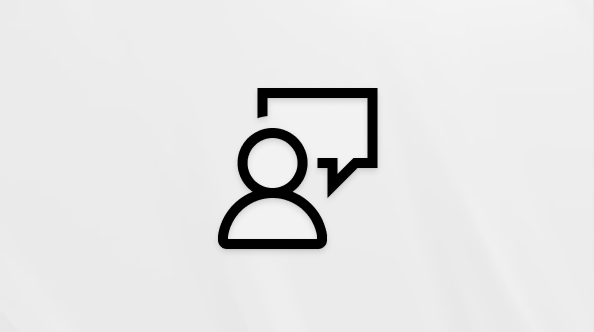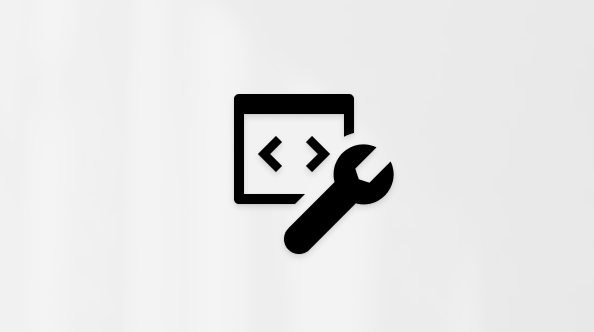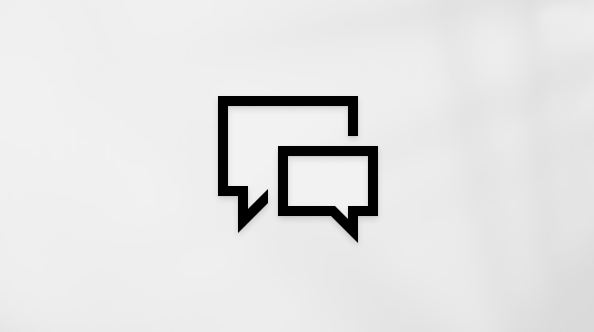Add or install a printer in Windows
Applies To
Windows 11 Windows 10When a printer or all-in-one device is connected directly to a Windows device, the printer normally installs automatically, and printing can be started right away. Windows supports most printers out of the box so in most cases, special printer drivers or software doesn't need to be installed. However, additional or updated drivers might be available via Windows Update.
Notes: We're aware of some ARM PCs (for example Copilot+ PCs) not being able to add/install a printer using the included installer or by downloading the installer from the manufacturer's website.
-
To fix this issue, go to Settings > Bluetooth & devices > Printers & scanners and select on "Add device" instead to add the printer manually, unless the manufacturer has specific guidance for Windows on ARM PCs.
-
To find out if you have an ARM device, go to Settings > System > About, and look for "System type" property under "Device specifications". ARM devices have "ARM based processor" under system type.
In most cases, local or wired printers will install automatically in Windows after they're plugged into the Windows device and the printer is turned on. If a printer doesn't install automatically:
-
Make sure the printer is plugged into the Windows device, for example via USB, and that the printer is turned on.
-
On the Windows device that the wired or local printer is connected to, right-click on the Start menu and then select Settings > Bluetooth & devices > Printers & scanners . Or Select the following Bluetooth & devices > Printers & scanners shortcut:Open Bluetooth & devices > Printers & scanners
-
In the Bluetooth & devices > Printers & Scanners window, check to see if the printer is already installed in the list of installed printers.
-
If the printer isn't installed, in the Bluetooth & devices > Printers & Scanners window, next to Add a printer & scanner, select the Add device button.
-
A list of printers is displayed. It might take a few minutes for the list of printers to finish populating. Next to the desired printer select the Add Device button.
Notes:
-
After selecting the Add device button, the printer might be added automatically without having to select the Add Device button.
-
After the printer installs, check Windows Update to see if there are updated drivers for the printer. For more information, see How to download and install the latest printer drivers.
-
A Find drivers button might appear next to the printer after it's installed. The printer should work, but it might have reduced functionality until a full set of drivers is installed. The best method to obtain drivers for the printer is to use Windows Update. For more information, see How to download and install the latest printer drivers.
-
If the printer isn't found automatically, next to The printer that I want isn't listed, select Add a new device manually. In the Add Printer window that opens, follow the instructions.
-
If the printer still doesn't install after trying manually, try fixing the problem by using the steps in the article Fix printer connection and printing problems in Windows.
-
To install a network or wireless printer:
-
Make sure that the printer is turned on and connected to the same network as the Windows device.
Important: For wireless printers, make sure the printer is on the same wireless network as the Windows device.
For more information on connecting a printer to a network, see the printer's documentation or the printer manufacturer's website.
-
On the Windows device where the network/wireless printer needs to be added, right-click on the Start menu and then select Settings > Bluetooth & devices > Printers & scanners . Or Select the following Bluetooth & devices > Printers & scanners shortcut:Open Bluetooth & devices > Printers & scanners
-
In the Bluetooth & devices > Printers & Scanners window, check to see if the printer is already installed in the list of installed printers.
-
If the printer isn't installed, in the Bluetooth & devices > Printers & Scanners window, next to Add a printer & scanner, select the Add device button.
-
A list of printers is displayed. It might take a few minutes for the list of printers to finish populating. Next to the desired printer select the Add Device button.
Notes:
-
After the printer installs, check Windows Update to see if there are updated drivers for the printer. For more information, see How to download and install the latest printer drivers.
-
If the printer isn't found automatically, next to The printer that I want isn't listed, select Add a new device manually. In the Add Printer window that opens, follow the instructions.
-
If the printer still doesn't install after trying manually, try fixing the problem by using the steps in the article Fix printer connection and printing problems in Windows.
-
To install a Bluetooth printer, see the article Pair a Bluetooth printer or scanner.
To remove an installed printer:
-
Right-click on the Start menu and then select Settings > Bluetooth & devices > Printers & scanners . Or Select the following Bluetooth & devices > Printers & scanners shortcut:Open Bluetooth & devices > Printers & scanners
-
In the Bluetooth & devices > Printers & Scanners window, select the printer that should be removed.
-
In the Bluetooth & devices > Printers & Scanners > <Printer> window, select the Remove button.
Support for Windows 10 will end in October 2025
After October 14, 2025, Microsoft will no longer provide free software updates from Windows Update, technical assistance, or security fixes for Windows 10. Your PC will still work, but we recommend moving to Windows 11.
In most cases, local or wired printers will install automatically in Windows after they're plugged into the Windows device and the printer is turned on. If a printer doesn't install automatically:
-
Make sure the printer is plugged into the Windows device, for example via USB, and that the printer is turned on.
-
On the Windows device that the wired or local printer is connected to, right-click on the Start menu and then select Settings > Devices > Printers & scanners . Or Select the following Printers & scanners shortcut:Open Printers & scanners
-
In the Printers & Scanners window, check to see if the printer is already installed the list of installed printers.
-
If the printer isn't installed, in the Printers & Scanners window, under Add printers & scanners, select Add a printer or scanner.
-
A list of printers is displayed. It might take a few minutes for the list of printers to finish populating. Choose the desired printer and then select the Add Device button.
Notes:
-
The printer might be added automatically without having to select printer and then selecting the Add Device button.
-
After the printer installs, check Windows Update to see if there are updated drivers for the printer. For more information, see How to download and install the latest printer drivers.
-
If the printer isn't found automatically, select The printer that I want isn't listed. In the Add Printer window that opens, follow the instructions.
-
If the printer still doesn't install after trying manually, try fixing the problem by using the steps in the article Fix printer connection and printing problems in Windows.
-
To install a network or wireless printer:
-
Make sure that the printer is turned on and connected to the network.
Important: For wireless printers, make sure the printer is on the same wireless network as the Windows device.
For more information on connecting a printer to a network, see the printer's documentation or the printer manufacturer's website.
-
On the Windows device where the network/wireless printer needs to be added, right-click on the Start menu and then select Settings > Devices > Printers & scanners . Or Select the following Printers & scanners shortcut:Open Printers & scanners
-
In the Printers & Scanners window, check to see if the printer is already installed in the list of installed printers .
-
If the printer isn't installed, in the Printers & Scanners window, under Add printers & scanners, select Add a printer or scanner.
-
A list of printers is displayed. It might take a few minutes for the list of printers to finish populating. Choose the desired printer and then select the Add Device button.
Notes:
-
After the printer installs, check Windows Update to see if there are updated drivers for the printer. For more information, see How to download and install the latest printer drivers.
-
If the printer isn't found automatically, select The printer that I want isn't listed. In the Add Printer window that opens, follow the instructions.
-
If the printer still doesn't install after trying manually, try fixing the problem by using the steps in the article Fix printer connection and printing problems in Windows.
-
To install a Bluetooth printer, see the article Pair a Bluetooth printer or scanner.
To remove an installed printer:
-
On the Windows device that the wired or local printer is connected to, right-click on the Start menu and then select Settings > Devices > Printers & scanners . Or Select the following Printers & scanners shortcut:Open Printers & scanners
-
In the Printers & Scanners window, select the printer that should be removed, and then select the Remove device button.






